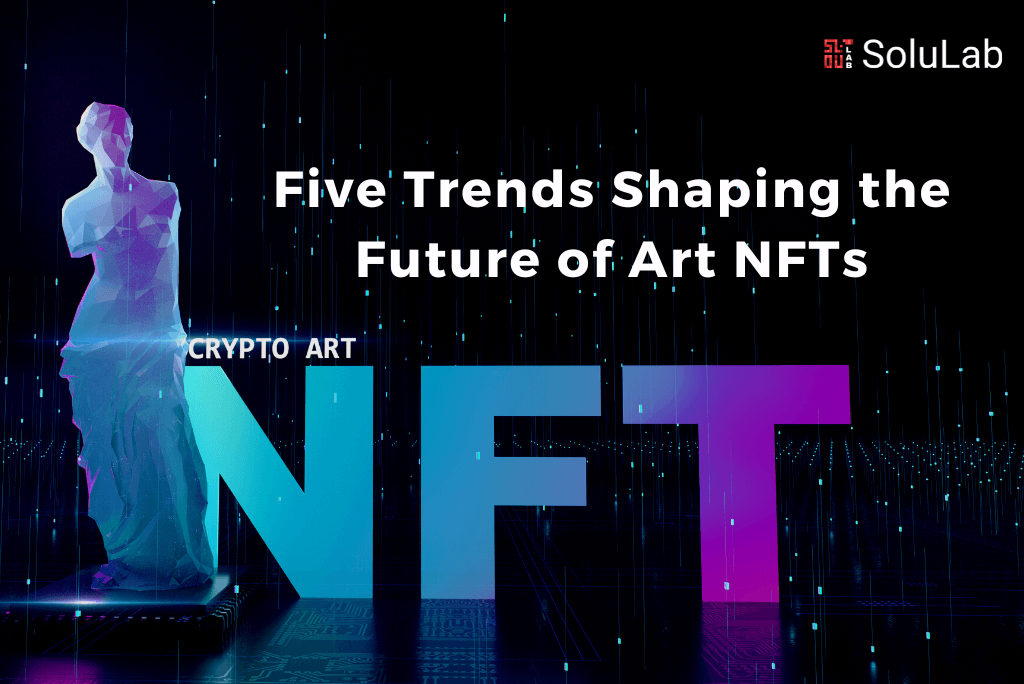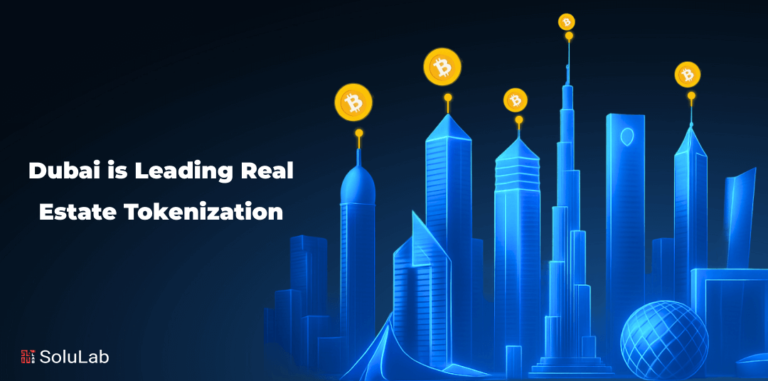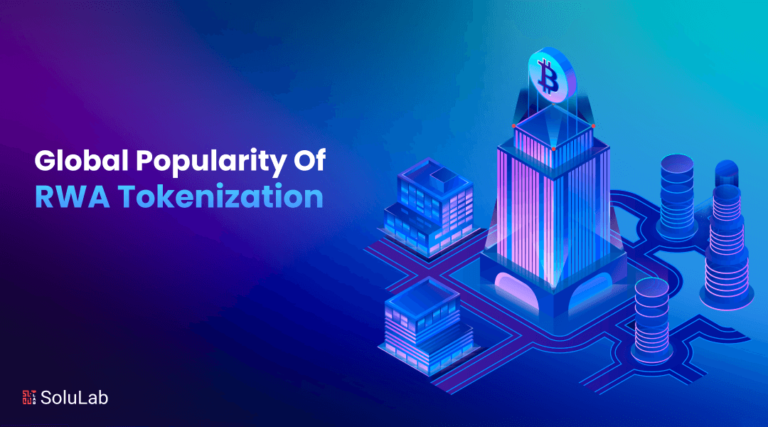
Art is ever-evolving. Tastes and styles change, movements rise and fall, and artists turn to new mediums through which to present their vision. Yet one of the biggest leaps forward in the art world has come with the recent boom in NFTs, which are not only providing new ways for artists to create, but also challenging traditional beliefs and practices around who makes art, how art can be purchased, who owns art, and what form or medium art can take.
First, what is art NFTs? An NFT, or “nonfungible token,” is a unique token that lives on the blockchain and corresponds to a digital file—often, this is a piece of art. When an artist creates an NFT, the process is called minting, and doing so creates a token tied to a unique work of art, a song, an experience, etc. When someone purchases an NFT, they become the verifiable owner of that original digital asset because the NFT is kept on the blockchain, which is a public ledger. Blockchain technology also offers the ability for creators to earn royalties on secondary sales, deploy smart contracts to execute transactions, and offer fractionalization or partial ownership of an artwork, among other new and exciting functionalities.
NFTs are not only innovative but they’re also priced high. NFTs saw $2.5 billion in sales in just the first half of 2021, and the market cap of NFTs grew tenfold between 2018 and 2020. In December 2021, digital artist Pak set the record for the largest sale by a living artist with their NFT drop “Merge.” CryptoPunks are regularly selling for around $500,000 apiece (at current ETH prices), with a dozen purchased per day.
Read also: How To Become a Top Earning NFT Artist
Founded upon blockchain technology, NFTs are indeed changing the world of art. What follows are five trends that show how art NFTs are impacting the world today, and how they will influence the world tomorrow.
Trend 1: New Patronage Of Artists
One of the opportunities that NFTs and blockchain technology offer is the ability to pay an artist directly for their work because the blockchain enables one-to-one transactions outside of third parties. This means that patronage of the arts is changing. No longer will artists have to create for corporate sponsors, brands, or mega-collectors. Instead, they can make the work that they want to produce, while connecting directly with their audience. Because the digitization of art provides access to anyone with an internet connection, we’re seeing more individuals, who may have never thought about collecting before, entering into the art space because it’s now available to them.
Trend 2: Built-In Utility
Beyond the promise of owning the original artwork, there is also a growing movement to add additional utility for token owners, resulting in a number of benefits and usages outside of “art for art’s sake.” To start with, added layers of functionality increase the value not only of the art but also of the transaction and the entire NFT ecosystem, including blockchain security, verifiable ownership, smart contracts, token transferability, and more. Built-in utilities can also include having an NFT attached to something physical, like a sculpture, an experience, a reward or membership, or another unique value-add.
Trend 3: Nft Communities
Because NFTs are making art more accessible and allowing more artists and collectors to get involved, they’re also forging new communities. It’s not only strengthening the art community by bringing together artists and individuals who are interested in supporting and fostering each other’s work, but it’s also building collector communities and “clubs” around specialized drops.
Read also: The 6 Best NFT Marketplaces to Sell your Art
One way we’ve seen this has been in the rise of PFPs, or “profile picture” projects, where individuals collect limited-run generative art pieces—Cool Cats, CryptoKitties, or the Bored Ape Yacht Club (one of which recently sold for $404,000) are among some of the most well-known. Participating in these communities gives you the chance to collect something unique and ties you to a community that shares similar interests. PFP projects can also lend status, and exhibiting your PFP (as an avatar on social media, for instance) signals that you’re part of a community.
Trend 4: Innovative Projects
Because of the unique technological offerings of NFTs, we’re seeing the rise of innovative projects that are challenging the traditional concepts of art. These may include the aforementioned PFPs, where artists create original characters that buyers collect. A group called the CryptoBaristas is launching characters and using their profits to open an NFT-funded cafe. Nouns.wtf auctions one generative NFT every day, forever, and collects the proceeds in a treasury where Noun NFT holders can vote on its use as part of a DAO, or a decentralized autonomous organization. There’s even NFT clothing, or “wearables,” for your virtual avatars, and NFTs tied to virtual land purchases as well.
Trend 5: Art Nfts As A Gateway Into Crypto
Finally, we’re seeing NFTs become a gateway into crypto. While there is a thriving community of crypto natives who are transacting in NFTs, those who haven’t had any interaction with crypto are finding their way through art, something that is easily understandable and that can be appreciated by everyone. Through the process of setting up a digital wallet, transferring fiat money into crypto, and minting to the blockchain, both artists and collectors are learning how to navigate a new digital world.
Shaping The Future Of Art
Digital creations, coupled with blockchain technology, have brought us to this moment in time, where the only limit on innovation is our own imagination. Mainstream adoption will be crucially important to support this innovation. We can achieve that by continuing to educate artists and collectors about NFTs and showing them the value NFTs can bring to their work and the art world.
Blog Credits: Fast Company




